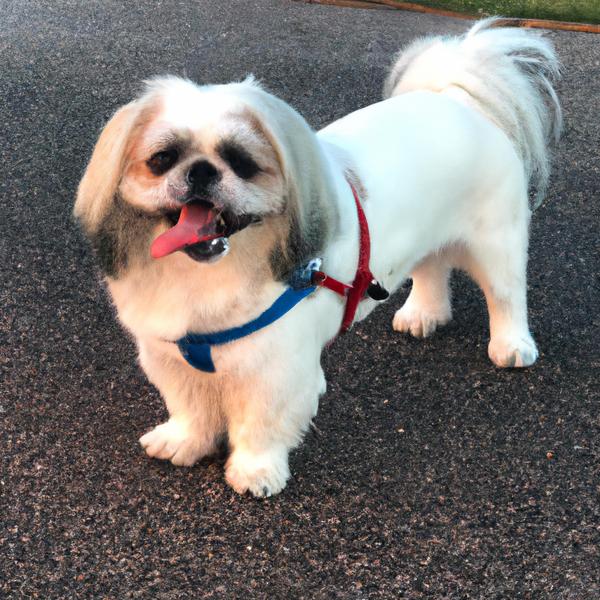Silkytie vs. Coton Eskimo: Breed Differences and Similarities
Hypoallergenic
Are Silkyties or Coton Eskimos hypoallergenic, or neither?
Unfortunately, neither Silkytie nor Coton Eskimo are hypoallergenic, which may not make them the best choice for dog lovers who suffer from pet allergies.
Temperament
What are the personalities of Silkytie and Coton Eskimo dogs?
Playful
Alert
Intelligent
Friendly
Responsive
Affectionate
Quick
Lively
Gentle
Joyful
Inquisitive
Playful
Independent
Energetic
Protective
Alert
Intelligent
Friendly
Affectionate
Lively
Trainable
Vocal
Shedding Level
Do Silkyties shed more than Coton Eskimos, or which breed sheds more, Silkyties or Coton Eskimos?
Silkyties are low shedding dogs, requiring minimal coat care.
Coton Eskimos are heavy shedders, but regular brushing can help manage shedding and promote a healthy coat.
Origin
What is the origin of Silkytie and Coton Eskimo dog breeds?
United States
United States
Ancestry
What are the origins of Silkytie and Coton Eskimo breeds?
Shetland Sheepdog and Silky Terrier
Coton de Tulear, American Eskimo
Date of Birth
When were Silkytie and Coton Eskimo breeds first developed?
Unknown
Eye Color Possibilites
What are the eye colors of Silkytie and Coton Eskimo dogs?
Brown
Brown
Nose Color Possibilites
What are the natural nose colors of Silkytie and Coton Eskimo?
Black
Black
Coat Color Possibilites
What are the natural colors of the coat for Silkytie and Coton Eskimo breeds?
Black
Gray
Silver
Cream
White
Brown
Red
Fawn
White
Pied
Cream
Coat Length
What is the typical coat length for Silkytie and Coton Eskimo breeds?
Silkyties are known for their coat length.
Coton Eskimos have medium-length coats.
Coat Density
What is the density of the coat of Silkytie and Coton Eskimo?
Coat Texture
What is the hair texture of Silkytie and Coton Eskimo?
Straight
Litter Size
What is the usual litter size for Silkytie and Coton Eskimo?
Silkytie and Coton Eskimo, can have a litter of 4-6 puppies each on average. Nonetheless, it's important to keep in mind that litter size can differ significantly between individual dogs. Various factors such as the mother's health, breeding history, and genetics can have an impact on litter size.
Adaptability
The adaptability of Silkytie and Coton Eskimo dogs is a well-known trait. They are known for being able to adjust well to different living environments and lifestyle changes.
Health Issues
Between Silkytie and Coton Eskimo, which breed is more prone to health problems?
Silkytie and Coton Eskimo breeds are generally considered to be healthy. However, like all breeds, they are susceptible to certain health issues and it is important to keep an eye out for them and address them with your veterinarian as needed.
Major Concerns
What are the major health concerns for Silkytie and Coton Eskimo breeds?
Hip Dysplasia
Legg-Calve Perthes Disease
Progressive Retinal Atrophy
Hip Dysplasia
Minor Concerns
What minor health issues should be kept in mind when owning Silkytie and Coton Eskimo?
Cataracts
Allergies
Diabetes
Hypothyroidism
Progressive Retinal Atrophy (PRA)
Collie Eye Anomaly (CEA)
Patellar Luxation
Legg-Calve-Perthes Disease
Heart Murmur
Occasional Tests
What occasional tests are recommended for Silkytie and Coton Eskimo breeds?
Eye Examination
Radiographs
Blood Sugar and Thyroid Tests
X-Rays
MRI
CT Scan
Physical Examination
Blood Work
Ophthalmic Examination
Social Needs
Silkytie vs Coton Eskimo social needs comparison
Silkytie has above average social needs and thrives with interaction with humans and other dogs.
Coton Eskimo has very high social needs and requires regular mental and physical stimulation, a job or purpose, and companionship.
Sleeping Need
Which of the two sleeps the most/least: Silkytie or Coton Eskimo?
Silkyties have moderate energy levels and typical sleep patterns of 12-14 hours per day.
Coton Eskimos sleep less than other breeds but still need adequate sleep for good health.
Mouthiness
Mouthiness Comparison: Silkytie vs Coton Eskimo?
Roaming urge
Silkytie vs Labrador: Running away tendency?
Prey Drive
Silkytie or Coton Eskimo - which breed has a higher level of prey drive?
Activity Level
Which breed has higher energy, Silkyties or Coton Eskimos?
Both Silkytie and Coton Eskimo are medium-energy dogs that enjoy socializing and playing with other dogs. They may engage in casual or sustained games of chase, and occasionally have bursts of barking or racing around the house.
Tolerance of being left alone
Walks per Week
How many miles should Silkytie or Coton Eskimo walk each week?
There's really no limit to how far you walk your dog as long as they're comfortable. For Silkytie, it's at least 8 miles / week. Just remember to build distance and stamina gradually over time.
There's really no limit to how far you walk your dog as long as they're comfortable. For Coton Eskimo, it's at least 9 miles / week. Just remember to build distance and stamina gradually over time.
Activity per Day
Do Silkyties or Coton Eskimos require more exercise?
In general most Silkyties usually need at least 30 minutes of exercise daily. This can be spread across the day and include all sorts of high-energy activities, like walking, running and playing.
In general most Coton Eskimos usually need at least 45 minutes of exercise daily. This can be spread across the day and include all sorts of high-energy activities, like walking, running and playing.
Grooming
Which breed is easier to maintain in terms of grooming, Silkyties or Coton Eskimos?
Silkyties have high grooming needs, requiring regular trims and professional grooming assistance to keep their coat healthy.
Coton Eskimos require significant grooming, including regular trims and professional grooming assistance to maintain their coat. They may also require frequent bathing to keep their coat and skin healthy.
Brushing Frequency
What is the recommended brushing frequency for Silkytie and Coton Eskimo dogs?
Silkytie and Coton Eskimo should be brushed at least once a week. Of course, you can give them more frequent brushes if you find that they are still shedding a lot.
Brushing Tools
What brushing tools are used for Silkyties and Coton Eskimos?
Pin Brush
Slicker Brush
Nail Clipper
Pin Brush
Slicker Brush
Dematter
Nail Clipper
Cups
How much food should be given to Silkytie or Coton Eskimo in cups?
For an average 10-20 pound (5 - 9 kg) Silkytie feed 1 cups daily. But, keep in mind, the amount you feed is going to be dependent on the quality of the food you are feeding.
For an average 15-25 pound (7 - 11 kg) Coton Eskimo feed 3 cups daily. But, keep in mind, the amount you feed is going to be dependent on the quality of the food you are feeding.
Daily Cost
Which breed has a higher daily cost, Silkytie or Coton Eskimo?
The average cost of a Silkytie is somewhere $1.40 - $1.70 per day.
The average cost of a Coton Eskimo is somewhere $1.70 - $2.00 per day.
Monthly Cost
Which breed has a higher monthly cost, Silkytie or Coton Eskimo?
The average per month expenses of a Silkytie is between $35 - $42. This makes an average of $420 - $504 per year. It will be on the higher side when the dog is still small because it will need more frequent visits to the vet, shots.
The average per month expenses of a Coton Eskimo is between $48 - $63. This makes an average of $576 - $756 per year. It will be on the higher side when the dog is still small because it will need more frequent visits to the vet, shots.
Sensitivity Level
How do Silkytie and Coton Eskimo compare in sensitivity?
These dog breeds are particularly attuned to its environment and the emotions of those around it. Silkytie and Coton Eskimo can be easily overwhelmed by loud noises, new environments, unfamiliar people, or animals. This dog breed is best suited for individuals or families who are patient, gentle, and understanding of its sensitive nature. It may also benefit from a calm and stable home environment, with a consistent routine and plenty of positive reinforcement training.
Apartment Friendly
Which breed is more apartment-friendly: Silkytie or Coton Eskimo?
The Silkytie is a great apartment dog, thriving with sufficient exercise and time outside as part of their daily routine.
Coton Eskimos make excellent apartment dogs, being fairly active indoors and not requiring a yard.
Child Friendly
Do Silkyties or Coton Eskimos have a friendlier temperament towards children?
Silkytie and Coton Eskimo are kid-friendly dogs. They are good with children and excellent dogs with children if they are socialized and trained at a young age.
Senior-friendly
Which dog is more suitable as a pet for the elderly - Silkytie or Coton Eskimo?
Cat Friendly
Do Silkytie or Coton Eskimo breeds have a better compatibility with cats?
Silkyties and Coton Eskimos are one of the best dogs for cats. They accept cats readily as part of the family. However, this dog breed should be trained to not chase after the kitty early on
Dog Friendly
Which breed is more sociable with other dogs: Silkytie or Coton Eskimo?
Silkyties are average in their friendliness towards other dogs, and socialization can help.
Coton Eskimos are friendly and active companions, and can be good family pets, though their friendliness towards other dogs may vary.
Pet friendly
How do Silkytie or Coton Eskimo dogs interact with other pets?
Stranger Friendly
Which breed is more friendly with strangers: Silkytie or Coton Eskimo?
Silkytie and Coton Eskimo are average friendly around strangers. They can be wary around strangers and a little standoffish, so early socialization is key to ensure they are comfortable around new people.
Playfulness
Which breed is more playful between Silkytie and Coton Eskimo?
Silkyties are a playful breed that needs daily playtime to be happy.
Coton Eskimos are very playful, so adopting an older one might be a better option for a more relaxed experience.
Trainability
How do the trainability levels of Silkyties and Coton Eskimos compare?
Silkytie and Coton Eskimo dogs are known for their ease of training and ability to learn quickly, making them a popular choice for pet owners and trainers alike.
Compare Silkytie with other breeds

Sheprador
Silkytie vs Sheprador

American Bulldog
Silkytie vs American Bulldog
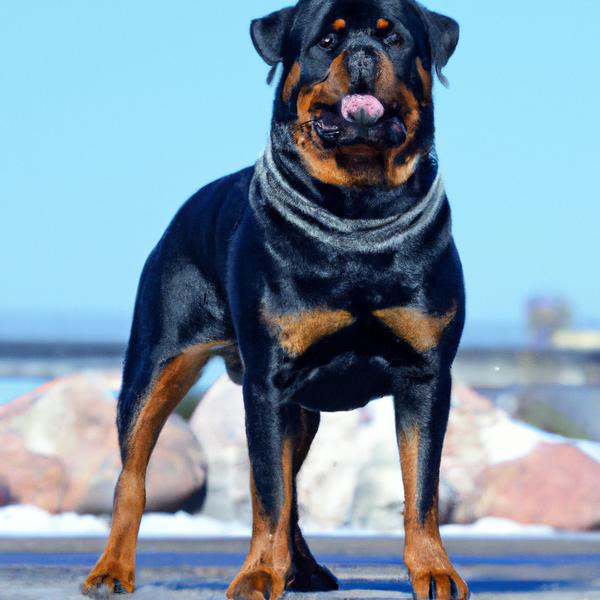
Rottsky
Silkytie vs Rottsky
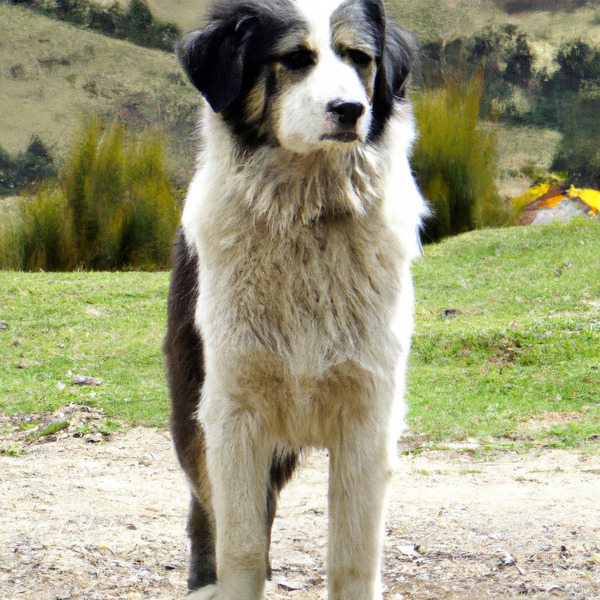
Mucuchies
Silkytie vs Mucuchies
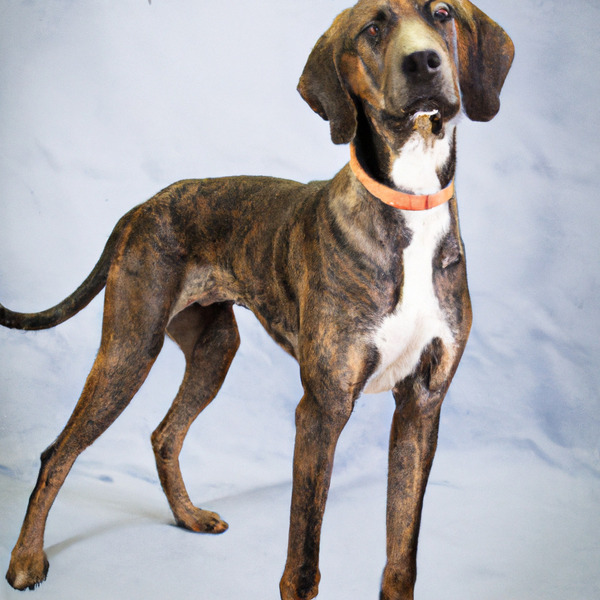
Plott Hound
Silkytie vs Plott Hound
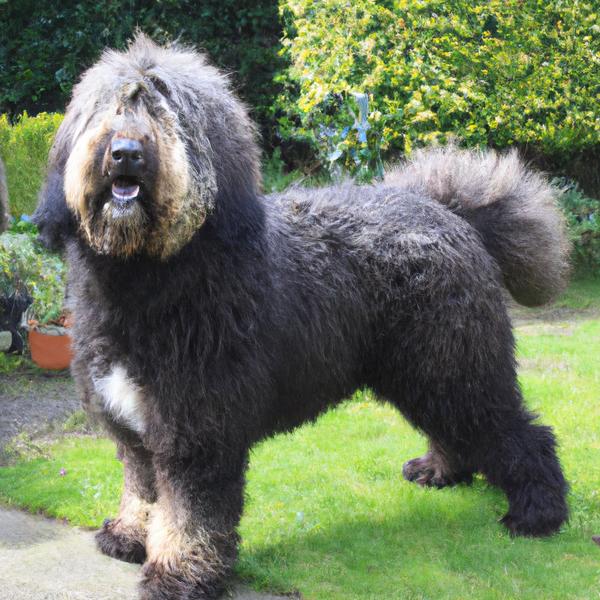
Cairnoodle
Silkytie vs Cairnoodle
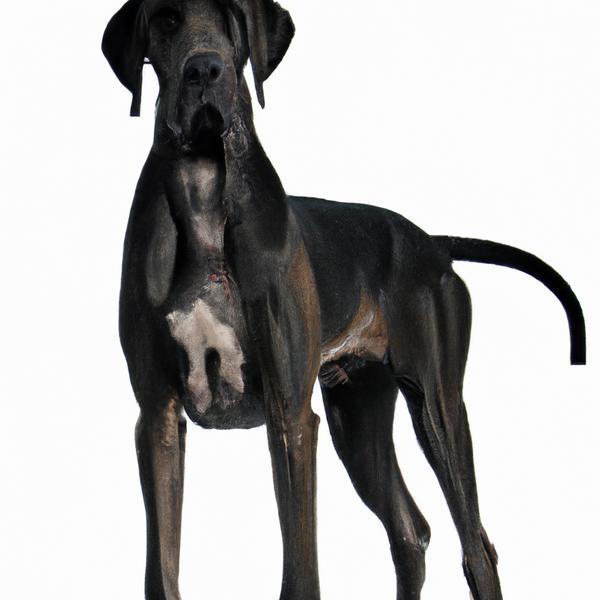
Cortese
Silkytie vs Cortese
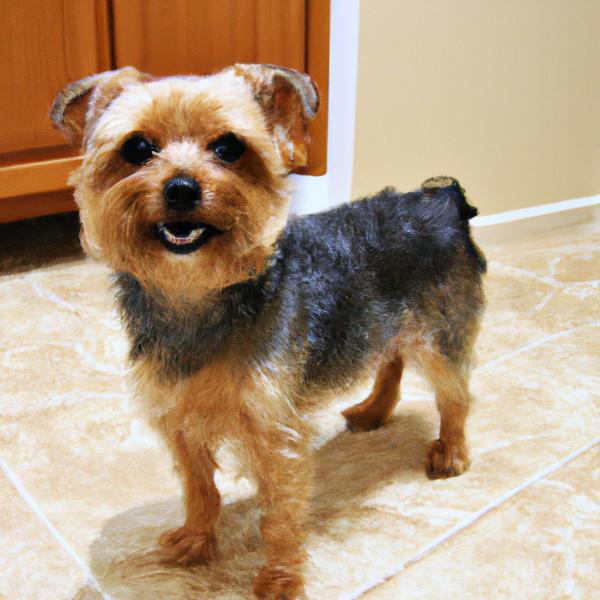
Yorkie-ton
Silkytie vs Yorkie-ton
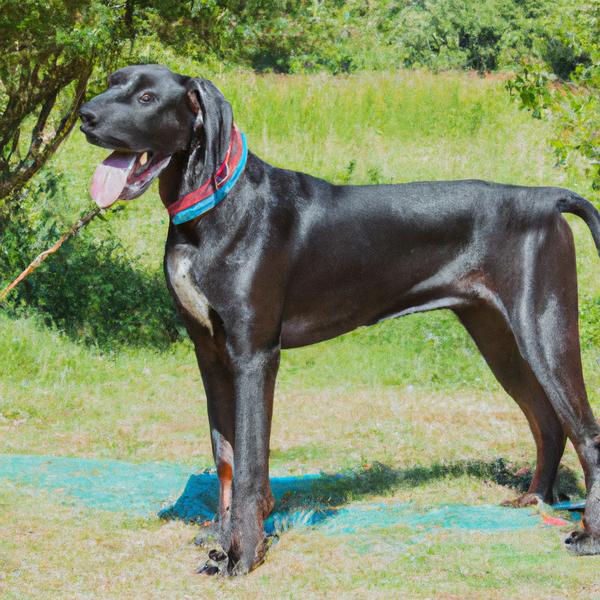
Bloodahouli
Silkytie vs Bloodahouli

Pom-Kee
Silkytie vs Pom-Kee
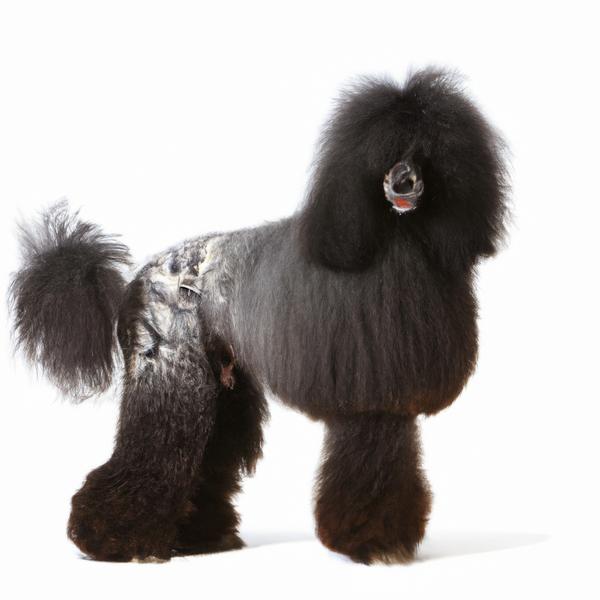
Puli
Silkytie vs Puli
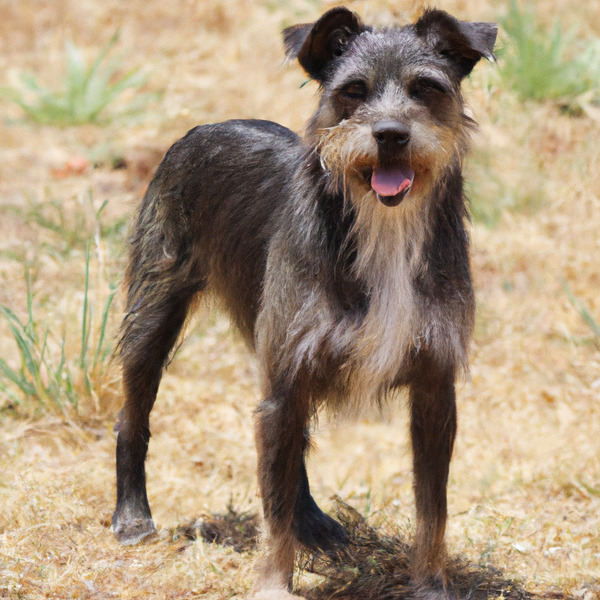
Tenterfield Terrier
Silkytie vs Tenterfield Terrier
